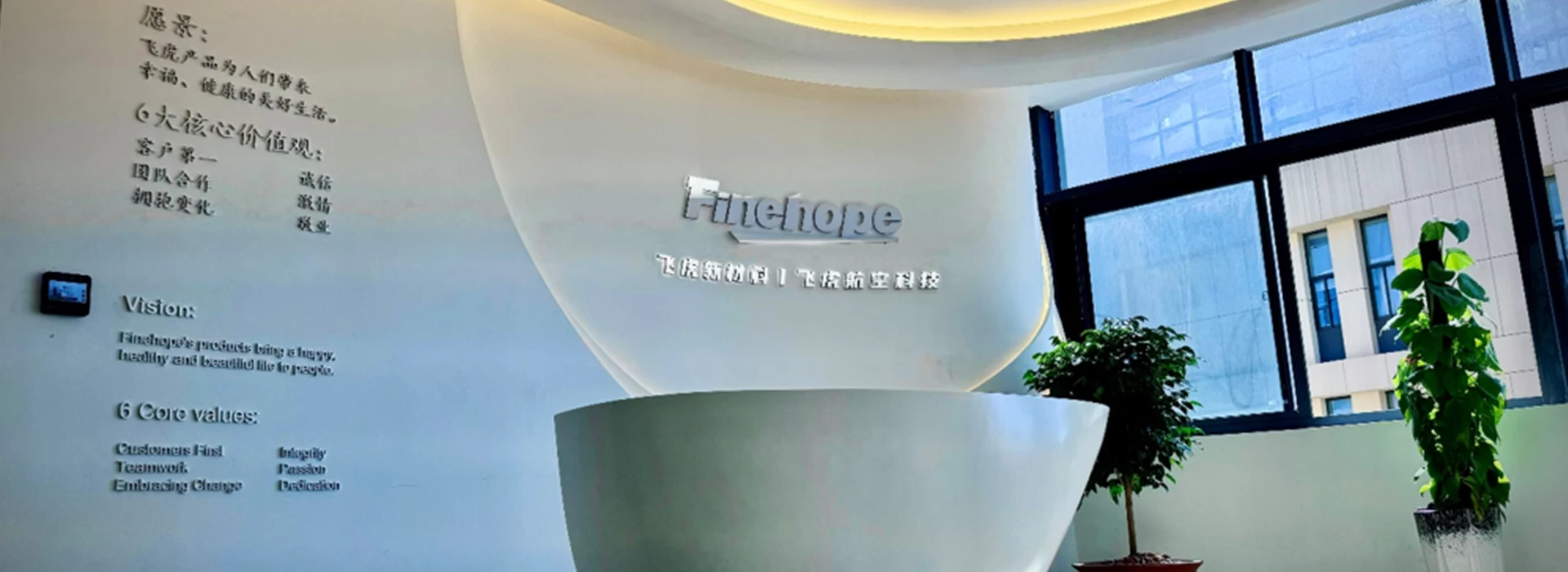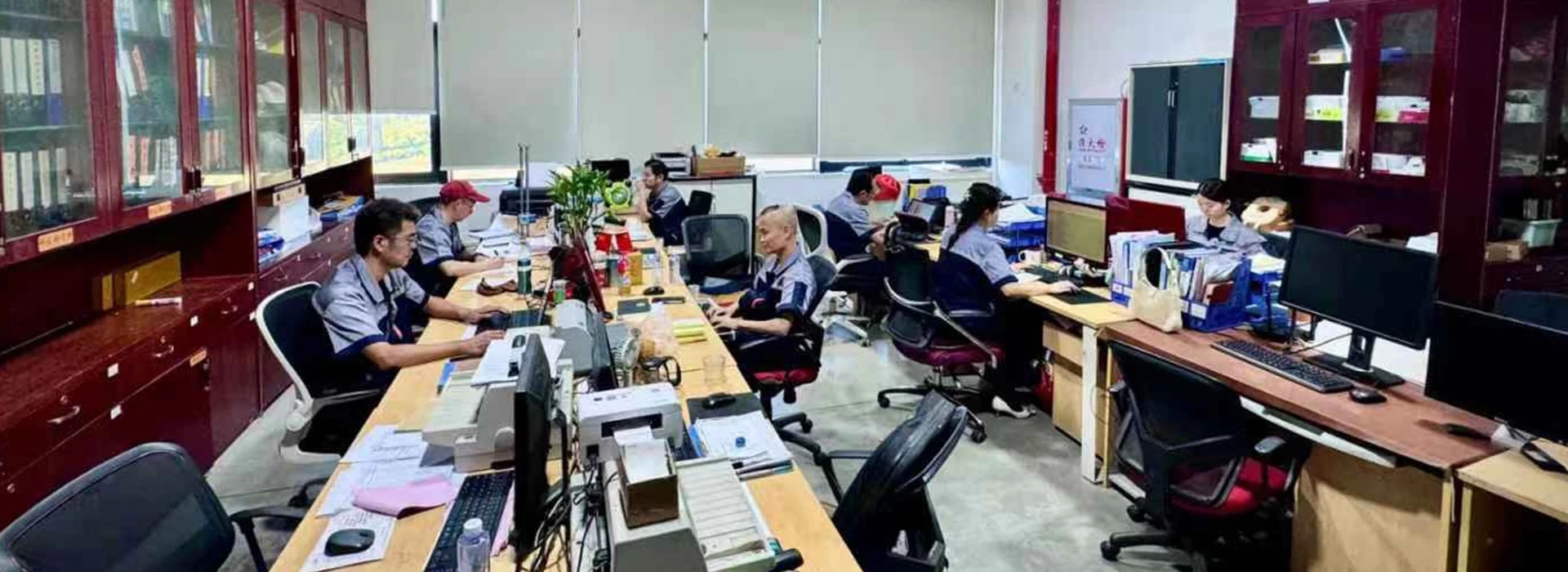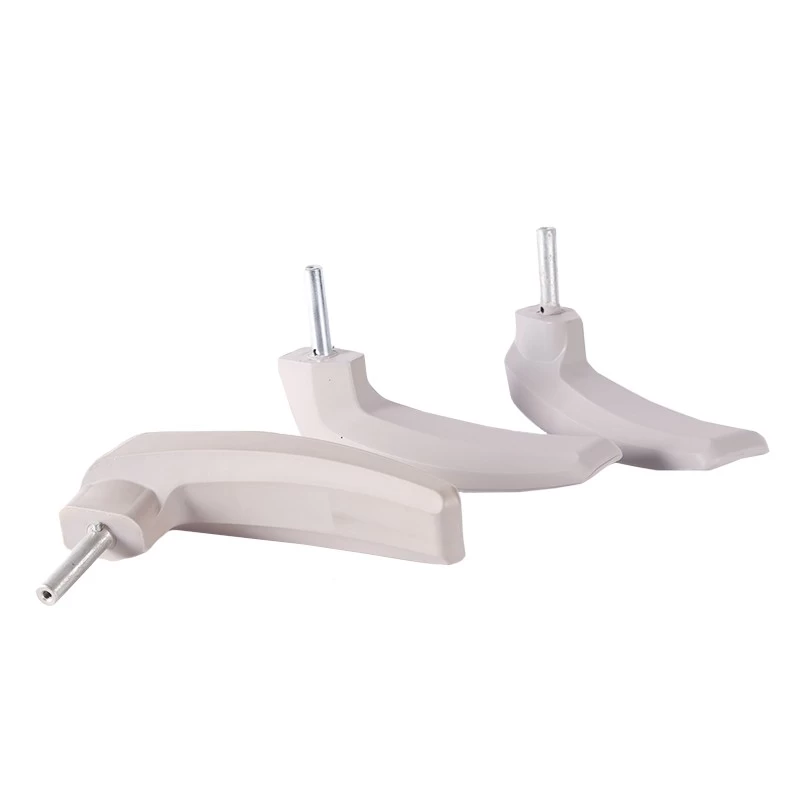Trump increases tariffs on China
The Trump administration's imposition of tariffs on goods imported from China is one of the core elements of its trade policy, primarily aimed at reducing the trade deficit and protecting American industries. The following is the detailed background and content of this policy:
background
Trade deficit: The United States has a long-term trade deficit with China, which Trump believes is the result of unfair trade.
Intellectual property issues: The US government accuses China of gaining competitive advantage through forced technology transfer and intellectual property theft.
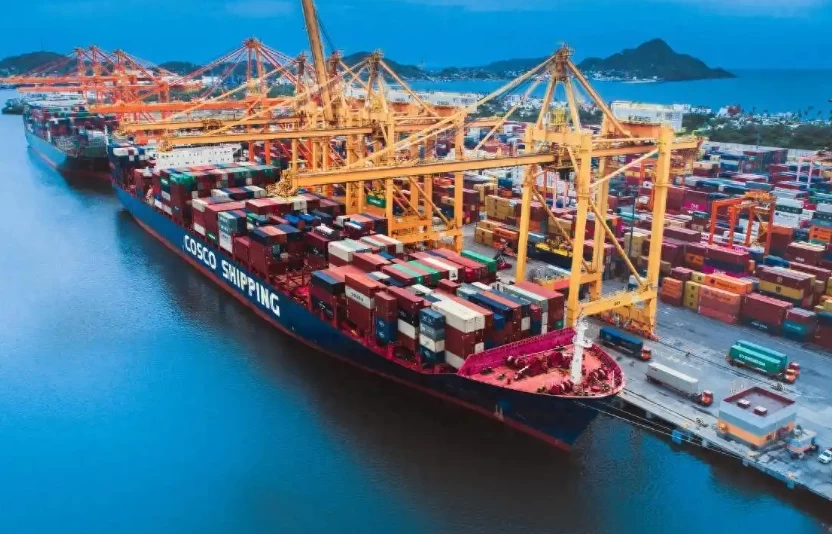
The 'America First' policy: Trump advocates protecting domestic industries through tariffs and promoting the return of manufacturing.
effect
The escalation of the trade war: The trade friction between China and the United States intensified, and the two sides negotiated multiple times, ultimately signing the first phase of the trade agreement in January 2020.
Economic impact: The imposition of tariffs has increased costs for American businesses and consumers, and some companies have shifted their supply chains out of China.
Global supply chain: The global supply chain is disrupted, and the uncertainty of the international trade environment is increasing.
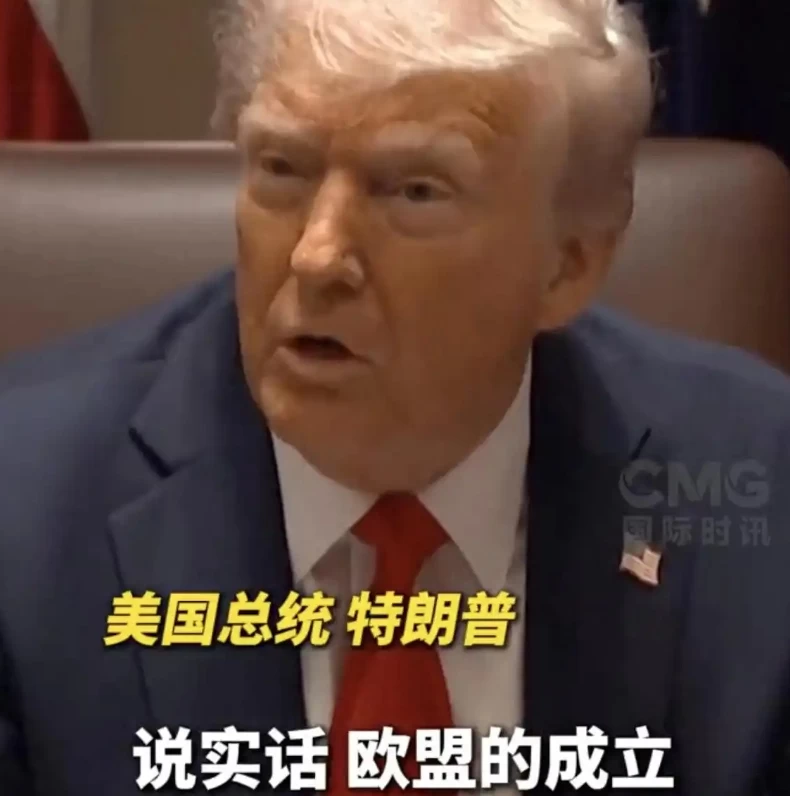
Subsequent development
Biden administration: The Biden administration has basically continued Trump's tariff policy towards China, while seeking cooperation with allies to deal with China.
Tariff Review: In 2022, USTR will initiate a review of tariffs on China, considering whether to adjust or cancel some tariffs.

